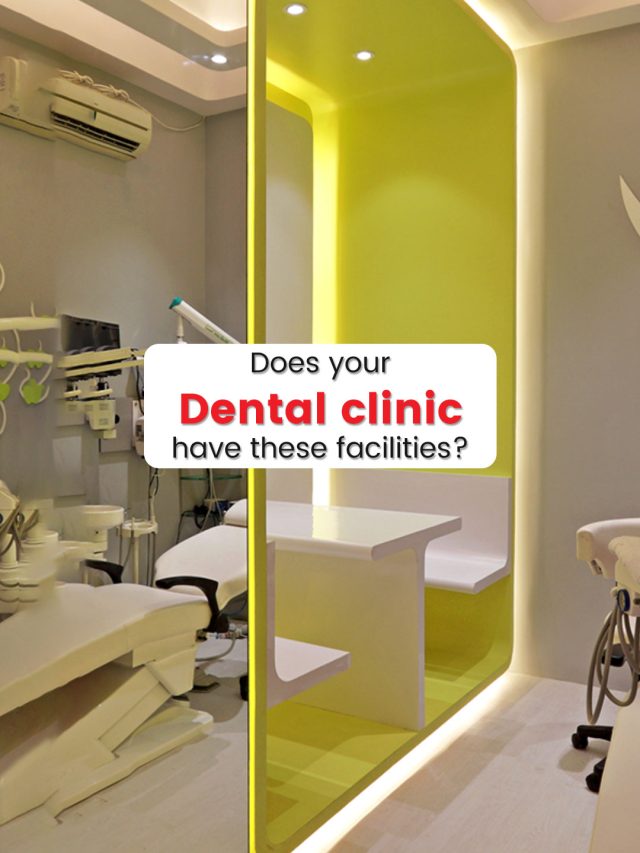Tooth fracture in Children and Adults | Dental
Trauma to the tooth structure is an accidental phenomenon and a major harm can be caused on tooth as well as the surrounding soft tissues. Visit your dentist if you have a tooth fracture. The soft tissue trauma along with pain of the tooth is catered prior then the traumatic tooth structure. once a symptomatic relief to the soft tissue and pain of the tooth is obtained the traumatic tooth is treated, depending upon the extent of fracture or trauma caused.
Tooth fracture is categorised by Ellis as:
Enamel fracture where the injury includes crown fracture that extend through the enamel only. These teeth are usually non tender and without visible color change but have rough edges.
Enamel and dentin fracture without pulp exposure: Injuries in this category are fractures that involve the enamel as well as the dentin layer. These teeth are typically tender to the touch and to air exposure. A yellowish layer of dentin may be visible on examination.
Crown fracture with pulp exposure where fracture involves the enamel, dentin and pulp layers. These teeth are tender (similar to those in the Ellis class 2 category) and have a visible area of pink, red or even blood at the centre of the tooth.
Traumatised tooth that has become non vital with or without loss of tooth structure.
Luxation effect on the tooth that tends to dislocate the tooth from the alveolus.
Avulsion is the complete separation of the tooth from its alveolus by traumatic injury. Fracture of root with or without loss of crown structure.
Displacement of a tooth without the fracture of crown or toot
Fracture deciduous teeth.
Treatment for tooth fractures!
Trauma on the tooth structure and surrounding tissues can lead to pain and swelling along with excessive bleeding so prior to repairing or treating a fractured tooth the other surrounding factors should be catered with a proper antibiotic along with analgesic therapy.
Once the bleeding and swelling considerably subsides treatment for the traumatic tooth should be indicated.
- The rough edges of the crown are smoothened, with a small round bur and a restorative material such as GIC or light cute composite is used for restoring the tooth structure. For anterior teeth to minimize the risk of recurrent dislodgement of material veneers are given, posterior teeth should be kept out of occlusion for reducing the post traumatic effect.
- Since an exposed dentin causes sensitivity a two-layer technique is used. In this technique a fluoride releasing material, GIC is packed in the prepared on fractured tooth structure which helps in evidently reducing the sensitivity along with a harder and stable material is filled for strength. this material is light cure composite.
- In this kind of fracture, the treatment varies for children and adults. According to its tooth formation caused. For children with permanent teeth but in complete root formation, Apexogenesis and Apexification is done.
If Ellis classification 3 occurs in adults with complete root structure an intentional root canal therapy is performed along with a crown. This tooth should be kept on observation for no post-operative abscess, usually observed with traumatic tooth
Apexogenesis refers to a vital pulp therapy procedure performed to encourage physiological development and formation of the root end. this procedure is carried out when more than 2/3rd of the root is yet to be formed hence the pulp is retained in the tooth.
Apexification is a method of inducing a calcified barrier at the apex of non-vital tooth with incomplete root formation. this procedure is carried out when less than or near to 1/3rd of the tooth root formation is left. Root formation occurs with slow progression catering to the time period of 6months to 1 year. Proper extirpation of pulp is done along with calcium hydroxide dressing and a temporary crown is place till the barrier is formed.
Conclusion to treatment for tooth fracture:
In class a non-vital tooth after trauma can turn in to pink due to internal resorption od black due to accumulation of necrotic pulpal tissue. These teeth are treated with root canal therapy with a crown to retain its natural for and color. In the class 5 situation repositioning of the tooth to its original site is placed with the help of forceps and this stabilizes the tooth for 4 weeks using a flexible splint.
In class 6 cases Avulsed tooth is re-implanted in its original site and lacerated gingival if present is suture. A flexible splint is given up to 1-2 weeks is given with administration of systemic antibiotics. For Class 7 treatment of these tooth should be done as soon as possible with a splint and followed by root canal treatment. splinting time should be 7-10 days but with bone fracture splinting time may have to be increased.
Class 8 the fractured tooth is displaced along with minimal tooth structure left it should be extracted immediately and replaced with an implant. In if a deciduous tooth is fractured, they are treated pulpotomy and pulpectomy. All the trauma experienced patients are advised to limit their physical activity and avoid sports without protection of their body. Soft food consumption is recommended. Proper and scheduled administration of medication is necessary and timely follow ups are required.
Leave a reply


Leave a reply